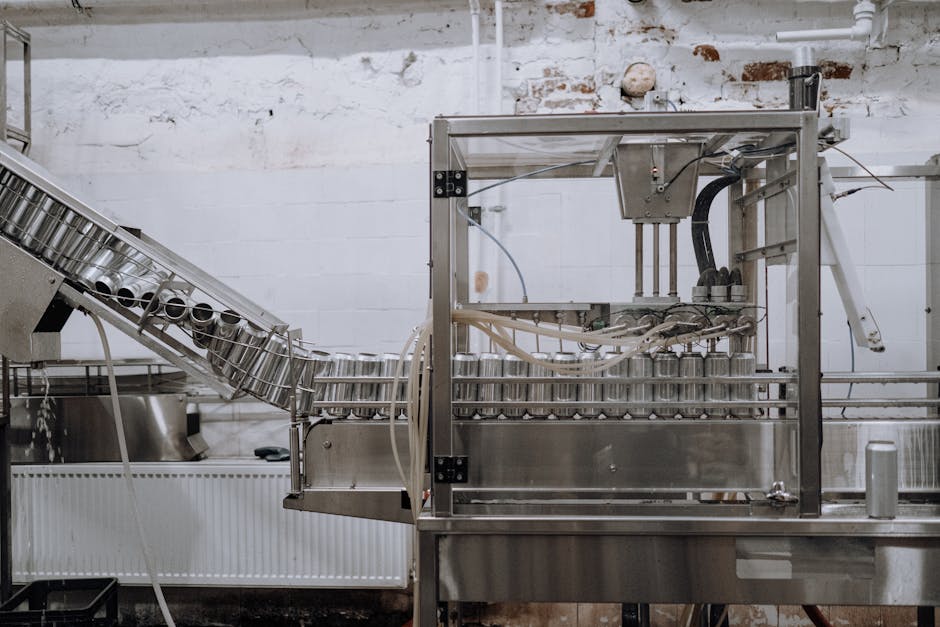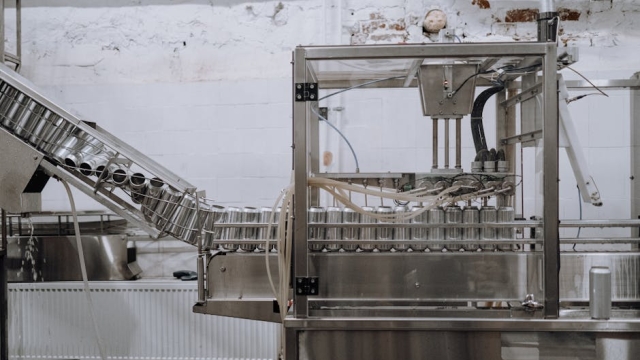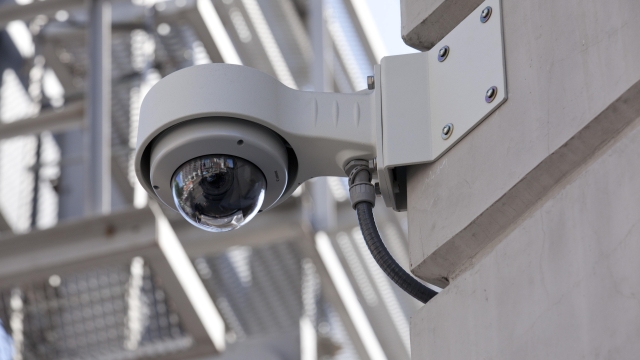
The popularity of carbonated beverages spans across cultures and generations, making them a staple in the beverage industry. As demand continues to rise, businesses looking to produce these fizzy delights must invest in reliable and efficient carbonated drink equipment. Selecting the right equipment is crucial for ensuring product quality, maximizing production efficiency, and meeting customer expectations. This article will explore the various types of equipment available for carbonated beverage production and provide guidance on choosing the right tools for your business needs.
Overview of Carbonated Drink Equipment
Carbonated drink equipment encompasses a wide range of machinery and tools designed to create, package, and store carbonated beverages. This equipment is essential for ensuring that drinks maintain their fizziness, flavor, and overall quality. From small artisanal operations to large-scale production facilities, having the appropriate equipment is integral to the successful production of carbonated drinks. Understanding the different types of equipment available will help businesses make informed decisions that align with their production goals.
Types of Equipment for Carbonated Beverage Production
There are several key components that make up carbonated drink equipment, each serving a specific purpose in the production process:
1. Carbonation Systems
Carbonation systems are fundamental to the creation of carbonated beverages. These systems infuse carbon dioxide (CO2) into liquids, creating the signature fizz that consumers love. Various methods exist for carbonation, including forced carbonation, where CO2 is added under pressure, and natural carbonation, which occurs during fermentation. The choice of carbonation system can impact not only the texture of the beverage but also its flavor profile.
2. Bottling Machines
Bottling machines are vital for packaging carbonated beverages in a manner that preserves their quality. These machines typically include filling, capping, and labeling functions. Bottle fillers must be designed to handle the pressure created by carbonation, ensuring that the beverage remains intact without excessive foaming or spillage. The right bottling machine can significantly enhance the efficiency of the bottling process, reducing labor costs and increasing productivity.
3. Storage Tanks
Storage tanks are used to hold carbonated beverages before they are packaged. These tanks must be designed to withstand the pressures associated with carbonation while preventing contamination. Proper storage ensures that the beverage maintains its carbonation levels and flavor until it reaches the consumer. Choosing appropriate tank materials, sizes, and designs is essential for optimal storage and handling of carbonated drinks.
4. Quality Control Equipment
Quality control is an essential aspect of carbonated beverage production. Equipment such as carbonation testers, pH meters, and temperature control systems help ensure that the product meets industry standards and consumer expectations. Regular quality checks can prevent costly errors and maintain brand integrity.
Choosing the Right Equipment for Your Business Needs
When selecting carbonated drink equipment, businesses should consider several key factors:
- Production Scale: The size of your operation will greatly influence the type and capacity of the equipment you need. Smaller businesses may opt for compact, manual systems, while larger operations may require fully automated machinery.
- Budget: Your budget will dictate the quality and range of equipment you can afford. It’s important to balance cost with quality, as investing in durable equipment can lead to long-term savings.
- Product Variety: Consider the types of beverages you plan to produce. Different drinks may require specialized equipment, such as those designed for sparkling waters, sodas, or craft beverages.
- Future Growth: Anticipate your business’s growth potential. Choosing equipment that can scale with your operation may save you from having to reinvest in new machinery in the future.
Maintenance and Best Practices
To ensure the longevity and efficiency of carbonated drink equipment, regular maintenance and care are essential. Here are some best practices to follow:
- Regular Cleaning: Keeping equipment clean prevents contamination and buildup that can affect product quality. Follow manufacturer guidelines for cleaning procedures.
- Routine Inspections: Schedule regular inspections of all equipment to identify any wear and tear. Addressing issues early can prevent more significant problems down the line.
- Proper Training: Ensure all staff members are trained in the operation and maintenance of equipment. Knowledgeable employees can help maintain standards and optimize production processes.
By understanding the various types of carbonated drink equipment and carefully considering their specific needs, businesses can make informed decisions that contribute to their success in the carbonated beverage market. Investing in reliable equipment not only enhances production efficiency but also helps in delivering high-quality products that delight consumers.
For those looking to explore specific options in bottling solutions, a range of carbonated drink equipment can be found here.


